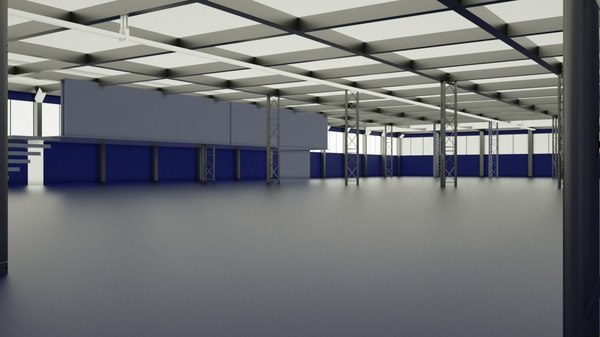
In olden days upper floors were made of timber floors or steel joist and stone slabs. For larger spans jack arch floorings were used. Jack arch floor consisted of I-section steel beams supported on walls and gap between I-sections beams filled with concrete arch.
Nowadays R.C.C. floors are commonly used. It may consist of only slab, if span is less or it may be beam and slab flooring. In halls of hotels and assembly, many provide flat slabs i.e. slabs directly supported over columns. The columns are provided with widened portion called column head. They give elegant look to halls, particularly when the head room is high. R.C.C. floors need proper thickness
And reinforcements.
They are arrived at by structural design engineers. In R.C.C. concrete is used to resist compression and steel to resist tension. Hence the concrete in tension zone do not contribute in resisting the load. It just keeps the steel at required position. In reinforced brick slab an attempt is made to replace concrete in tension zone by bricks. It is better thermal efficient than solid concrete floors.
In ribbed or hollow tiled flooring, the concrete in tension portion is replaced by hollow tiles. In precast concrete floor panels may be used which helps in avoiding form works, storing of sand, coarse aggregates etc. at the site and also curing. Factories manufacture these units which are to be placed over supports in the structure. These units are available in 0.25 m widths and in various spans. Interlocking grooves are provided on the sides to get tight connection with adjoining units.


